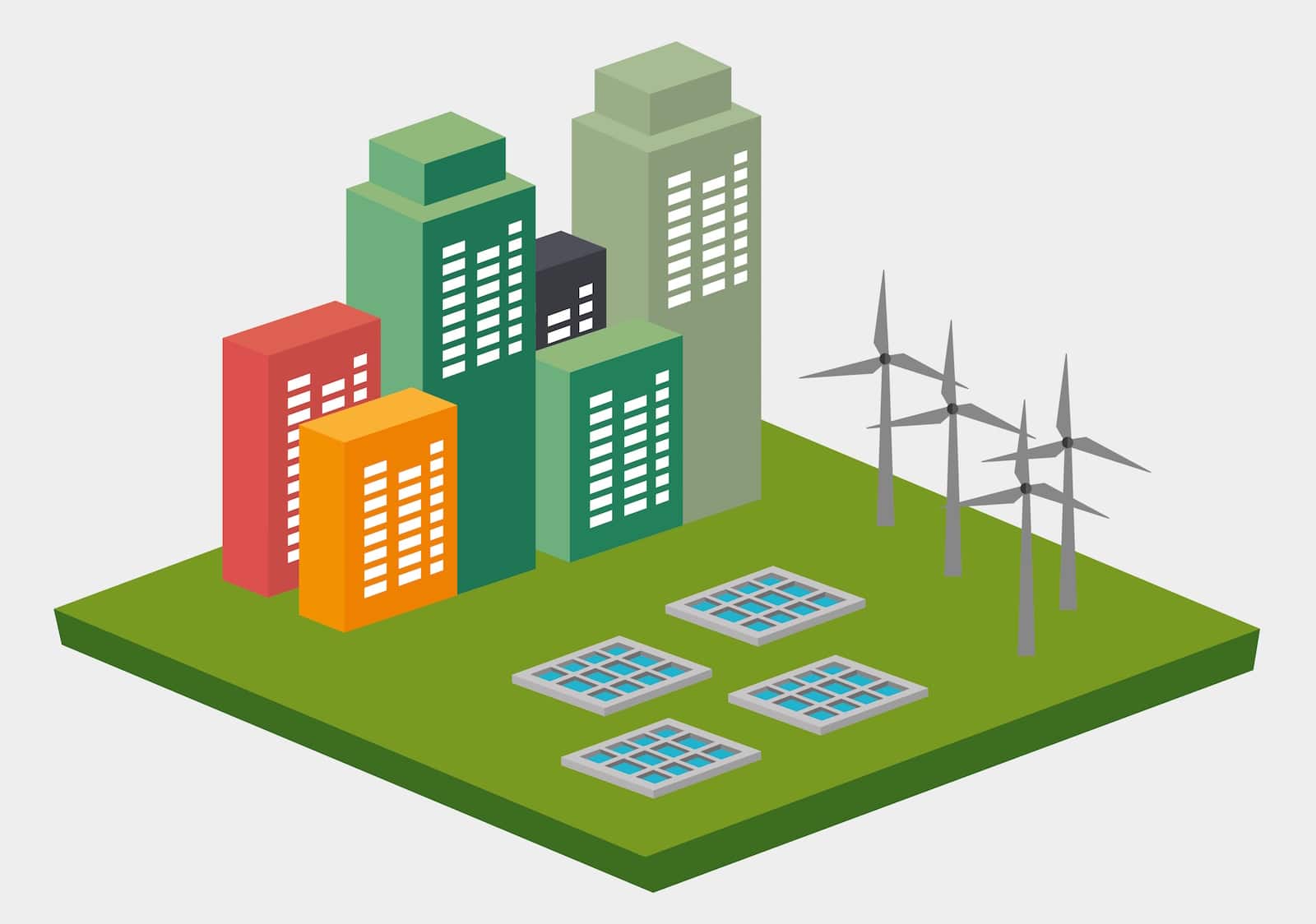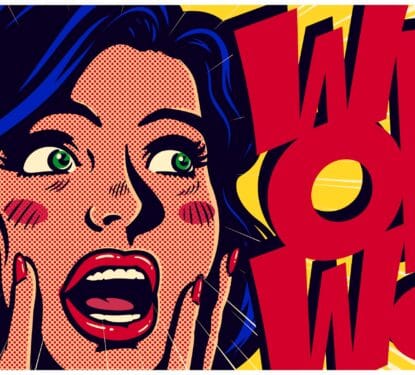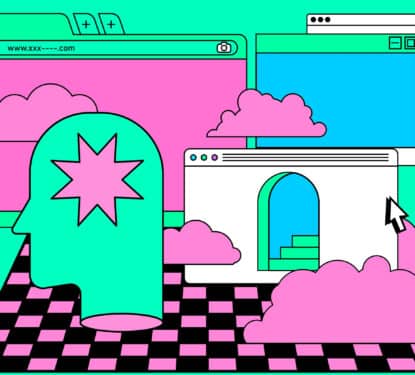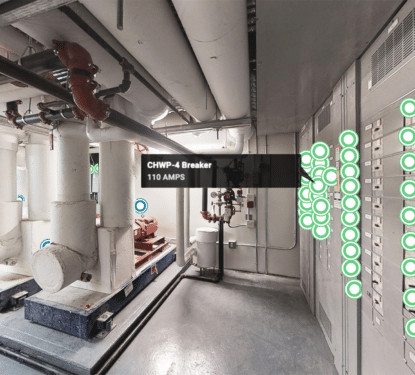Buildings account for around 40% of total energy consumption, and consequently around 40% of carbon emissions. So as we strive to reduce our carbon emissions you would expect ‘net zero energy buildings’ (Net ZEB) to offer a significant step in reaching our objectives. Unfortunately, things are not as simple as that. Net ZEBs alone do not have the level of impact their names suggest and a world full of Net ZEBs is impractical without significant modernization of the grid.
A Net ZEB is defined as “a grid connected building that generates as much energy as it uses over a year,” according to a study by Jaume Salom of the Catalonian Institute of Energy Research and collaborators from around the world. “Net ZEBs do not exist in isolation", the report points out, which perhaps counter-intuitively continues, “the wording ‘net zero’ implies an interaction with the grid.”
Net ZEBs commonly still obtain approximately half their energy from fossil fuels, meaning only half their energy is generated from renewable sources. In other words, fossil fuels are essential to the operation of Net ZEBs. Furthermore, as the number of Net ZEBs increases, demand for power from the grid reduces, forcing utilities to raise their prices. This negates cost saving potential, therefore reducing a major motivation for building Net ZEBs.
This quandary comes about because of the nature of most renewable energy sources. Solar power provides power during the day but not at night, wind energy is dependant on wind blowing, other forms of renewable energy generation, such as wave and tidal, face similar circumstances. When the sun sets and the wind subsides, Net ZEBs are forced to turn to the predominantly fossil fuel powered grid for power.
“Energy Storage!” I hear you cry. Yes, but not quite yet, is my reply. Energy storage technology has made great strides in recent years but is still not at the technological and cost levels to free Net ZEBs from their dependency on grid support. As the sun sets, consumption rises. The traditional daily schedule means demand spikes in the evening and early morning, often putting too much strain on current Net ZEBs energy storage capacity.

So how can we say “net zero” considering these circumstances? Well, a building fitted with solar panels will often generate excess power during the day, when demand is lowest. This excess power can be transmitted and distributed to other non-generating buildings in need of supply, meaning our Net ZEB can balance its daytime generation against its nighttime grid support to achieve its ‘net-zero’ status.
If all buildings were solar enabled Net ZEBs then none would need the support of the other during the day and all would need support of the grid at night. Meanwhile, utilities’ revenue would be slashed, grid supplied energy prices would go up and the grid infrastructure itself would suffer from limited investment. As the number of Net ZEBs increases the ability of our utilities to supply grid energy, when distributed energy is not available, would diminish, leading potentially to more frequent blackouts and brownouts.
In 2013 German mega-utility RWE recorded losses of $3.8bn, the same year Germany’s second largest energy generator, Swedish utility Vattenfall, experienced $2.3bn in losses. Increasing penetration of renewables with legal priority over fossil fuels are driving down wholesale market prices. Utilities, still essential for power provision, are struggling to maintain reliable supply. RWE's CEO Peter Terium called it, "the worst structural crisis in the history of energy supply."
Germany, praised for its environmentally strong energy policies, is suffering from what has come to be known as the ‘utility death spiral,’ and it’s a sign of things to come in the rest of the world. The much admired addition of residential solar financing options and creation of the energy prosumer market triggered this downward trend for utilities. Commercial and industrial customers increasingly seeking independence from the grid to avoid government fees levied to pay for renewable energy expansion have further exacerbated the spiral.
In the lower reaches of the utility death spiral we find a world with less carbon emissions but more blackouts and unstable supply. This is not the green dream of abundant, clean, renewable energy, but a supply nightmare shrouded in darkness.
All is not lost, however, “the harmonization of the energy & buildings markets has begun!” states our recent report: Smart Buildings Meet the Smart Grid. “Energy and buildings markets are beginning the tricky process of harmonization as major global firms look to capitalize on opportunities surrounding smart grids and distributed energy.”
It is not enough to simply increase distributed renewable energy generation in order to reduce carbon emissions. Unless we are willing to live with unstable supply, we must invest in grid modernization and develop the relationship between buildings and the grid. Advancements in energy storage cannot come soon enough, load balancing mechanisms such as demand response are essential, and greater energy efficiency has never felt so welcome.
[contact-form-7 id="3204" title="memoori-newsletter"]



